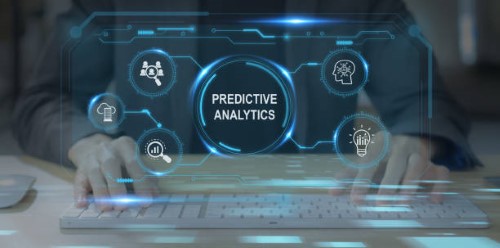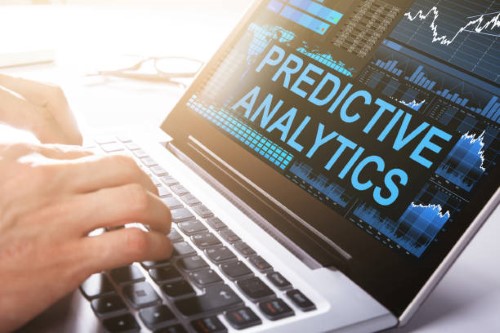
In today's dynamic business landscape, companies are increasingly turning to data-driven approaches to enhance their operations. Human Resources (HR) analytics, also known as people analytics, is a powerful tool that enables organizations to make informed decisions about their workforce. By leveraging HR data, businesses can gain valuable insights into employee performance, engagement, and retention.
Five Ways HR Analytics Can Transform Your Business:
Strategic Workforce Planning
HR analytics enables organizations to forecast their future workforce needs more accurately. By analyzing historical data on employee turnover, retirement rates, and recruitment trends, HR professionals can identify potential talent gaps and develop proactive strategies to address them. This allows businesses to align their staffing levels with business objectives, ensuring they have the right people in the right roles at the right time.
Talent Acquisition and Recruitment
Recruiting top talent is crucial for business success, and HR analytics can significantly improve the recruitment process. By analyzing data from job boards, social media platforms, and internal databases, HR teams can identify the most effective channels for sourcing candidates and tailor their recruitment strategies accordingly. Additionally, predictive analytics can help assess candidate fit and likelihood of success, enabling recruiters to make more informed hiring decisions.
Employee Engagement and Retention
Engaged employees are more productive, innovative, and loyal to their organizations. HR analytics can provide valuable insights into employee engagement levels and drivers, allowing businesses to identify areas for improvement and implement targeted interventions. By analyzing factors such as job satisfaction, performance ratings, and feedback surveys, HR teams can develop strategies to enhance employee morale and reduce turnover rates, ultimately fostering a more positive work environment.
Performance Management and Development

Traditional performance management processes often rely on subjective evaluations and lack actionable insights. HR analytics can revolutionize performance management by providing objective data on employee performance, strengths, and areas for improvement. By leveraging metrics such as key performance indicators (KPIs), goal attainment, and skills assessments, managers can provide more targeted feedback and support employee development efforts. Additionally, predictive analytics can help identify high-potential employees and succession candidates, enabling businesses to nurture their talent pipeline effectively.
Workforce Diversity and Inclusion
Building a diverse and inclusive workforce is not only a moral imperative but also a business imperative. HR analytics can help organizations track diversity metrics such as gender, ethnicity, and age across different departments and levels of the organization. By identifying areas of underrepresentation and analyzing factors contributing to diversity gaps, businesses can develop strategies to foster a more inclusive culture and ensure equal opportunities for all employees. Moreover, analytics can help measure the impact of diversity initiatives and track progress over time, enabling businesses to hold themselves accountable and drive meaningful change.
In conclusion, HR analytics has the power to transform businesses by providing actionable insights into their workforce and enabling data-driven decision-making. From strategic workforce planning to talent acquisition, employee engagement, performance management, and diversity initiatives, HR analytics can drive improvements across all aspects of the employee lifecycle. By investing in analytics capabilities and leveraging HR data effectively, businesses can gain a competitive edge in today's fast-paced and increasingly complex business environment.